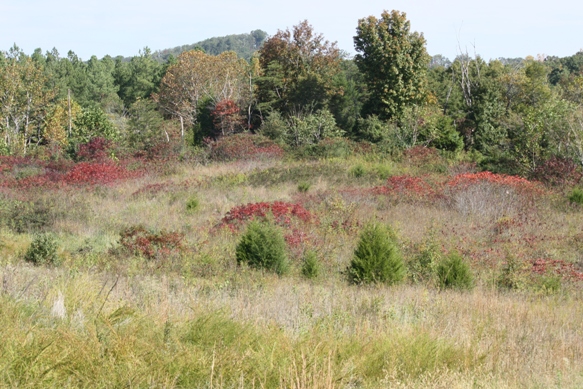Writing for some of us who are not gifted speakers, or ad libbers, is a way to communicate and convey our ideas and emotions. But it seems more and more if words are not written in short bursts of text, or attached to a meme, people don’t seem to have time for them these days. Thus, here is a BLOG that is mainly photos.








